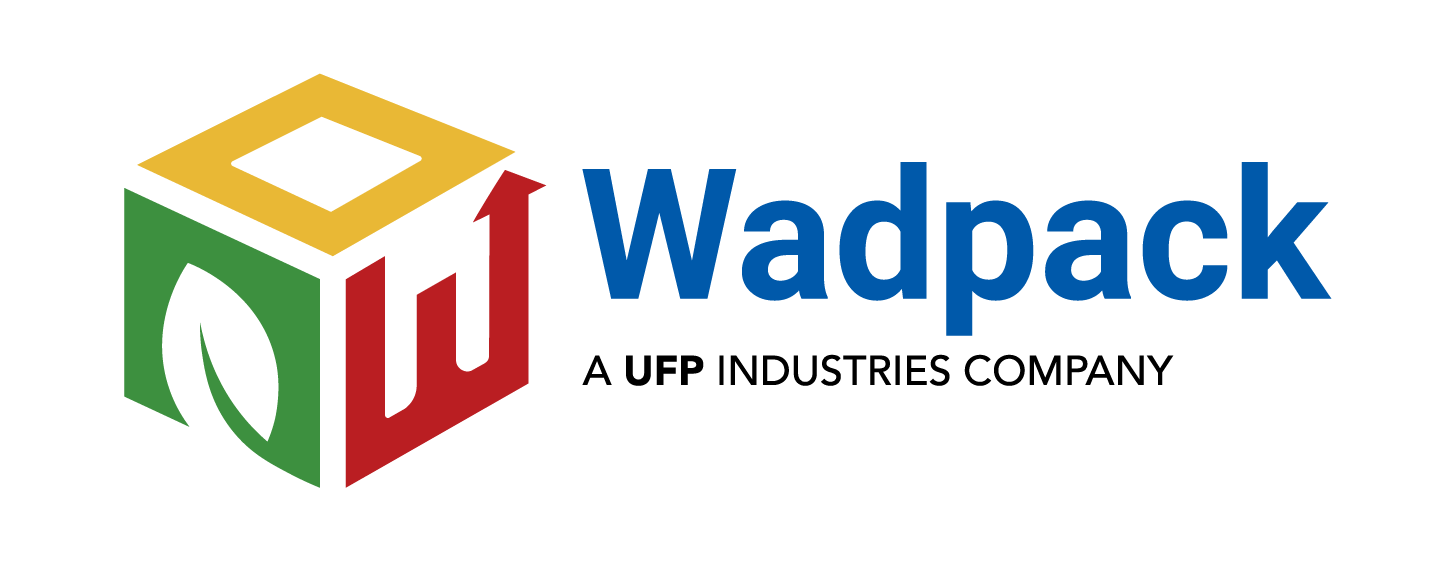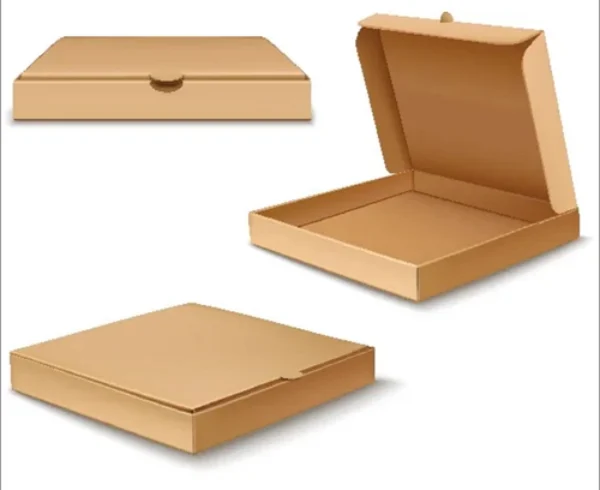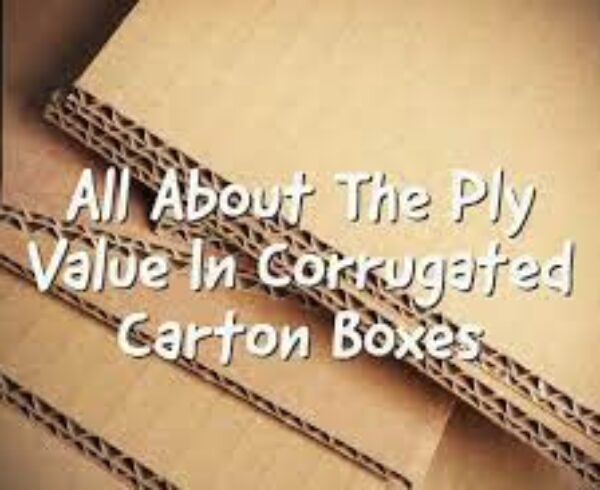Understanding the Cost of Corrugated Boxes: Factors and Breakdown
The cost of corrugated boxes is influenced by various factors. Raw material expenses constitute a significant portion, encompassing the paperboard used for the outer and inner layers, as well as the fluted medium. Production scale affects costs, with larger quantities often leading to economies of scale. Box dimensions impact material usage and manufacturing efficiency. Printing and design complexity raise expenses due to additional processes and materials.
Supply and demand fluctuations can affect material prices. Customization, like die-cutting for unique shapes, adds to costs. Shipping distance and method influence transportation expenses. Environmental considerations and sustainable materials might lead to higher costs. Labor, machinery maintenance, and energy contribute to manufacturing overhead. It’s crucial to consider all these factors for a comprehensive cost breakdown of corrugated boxes.
Factors Affecting the Cost of Corrugated Boxes
The cost of corrugated boxes is influenced by various factors, including the following:
- Box Size and Dimensions:
- Larger boxes require more raw materials and often more complex manufacturing processes, which can increase the cost.
- Material Grade:
- Corrugated boxes come in different material grades (single-wall, double-wall, etc.). Higher-grade materials provide better protection but are more expensive.
- Flute Type:
- The corrugated board comes in different flute profiles (A, B, C, etc.), which affect strength and cushioning. Boxes with larger flutes tend to be stronger but may be costlier.
- Quantity Ordered:
- Ordering in bulk can lead to reduced per-unit costs due to economies of scale. However, excessively large orders might require additional storage space.
- Box Style and Design:
- Complex box designs, such as die-cut or custom shapes, can involve more intricate manufacturing processes, affecting the cost.
- Printing and Graphics:
- Custom printing, branding, and graphics increase the visual appeal but also add to the cost, particularly if multiple colors or high-quality printing are used.
- Special Features:
- Inserts, dividers, windows, handles, and other features increase costs but can enhance functionality and protection.
- Labor and Production Complexity:
- Labor-intensive processes like die-cutting, folding, and gluing contribute to the cost. Complex designs may require more time and effort.
- Raw Material Costs:
- Fluctuations in the costs of raw materials like corrugated board, adhesive, and ink can impact overall box costs.
- Market Demand and Supply:
- High demand or material shortages can lead to price fluctuations. Seasonal variations can also affect pricing.
- Geographic Location:
- Shipping costs can vary based on the distance between the supplier and the customer. Local suppliers might offer cost advantages.
- Environmental Considerations:
- Opting for eco-friendly materials might increase costs due to the use of recycled or sustainable materials.
- Quality and Strength Requirements:
- Boxes meant for heavy or fragile items might require stronger materials, impacting the cost.
- Lead Time and Urgency:
- Rush orders might incur additional charges due to expedited manufacturing processes.
- Packaging Regulations:
- Compliance with specific packaging regulations or certifications might require additional steps, affecting costs.
- Supplier and Negotiation:
- Different suppliers have varying pricing structures. Negotiating bulk deals or long-term contracts can lead to cost savings.
- Waste and Efficiency:
- Minimizing waste during manufacturing and optimizing production processes can influence costs.
When considering corrugated box costs, it’s crucial to balance your packaging needs, quality requirements, and budget constraints. Working closely with a knowledgeable packaging supplier can help you make informed decisions and optimize your packaging solutions for cost-effectiveness.




Leave a Comment